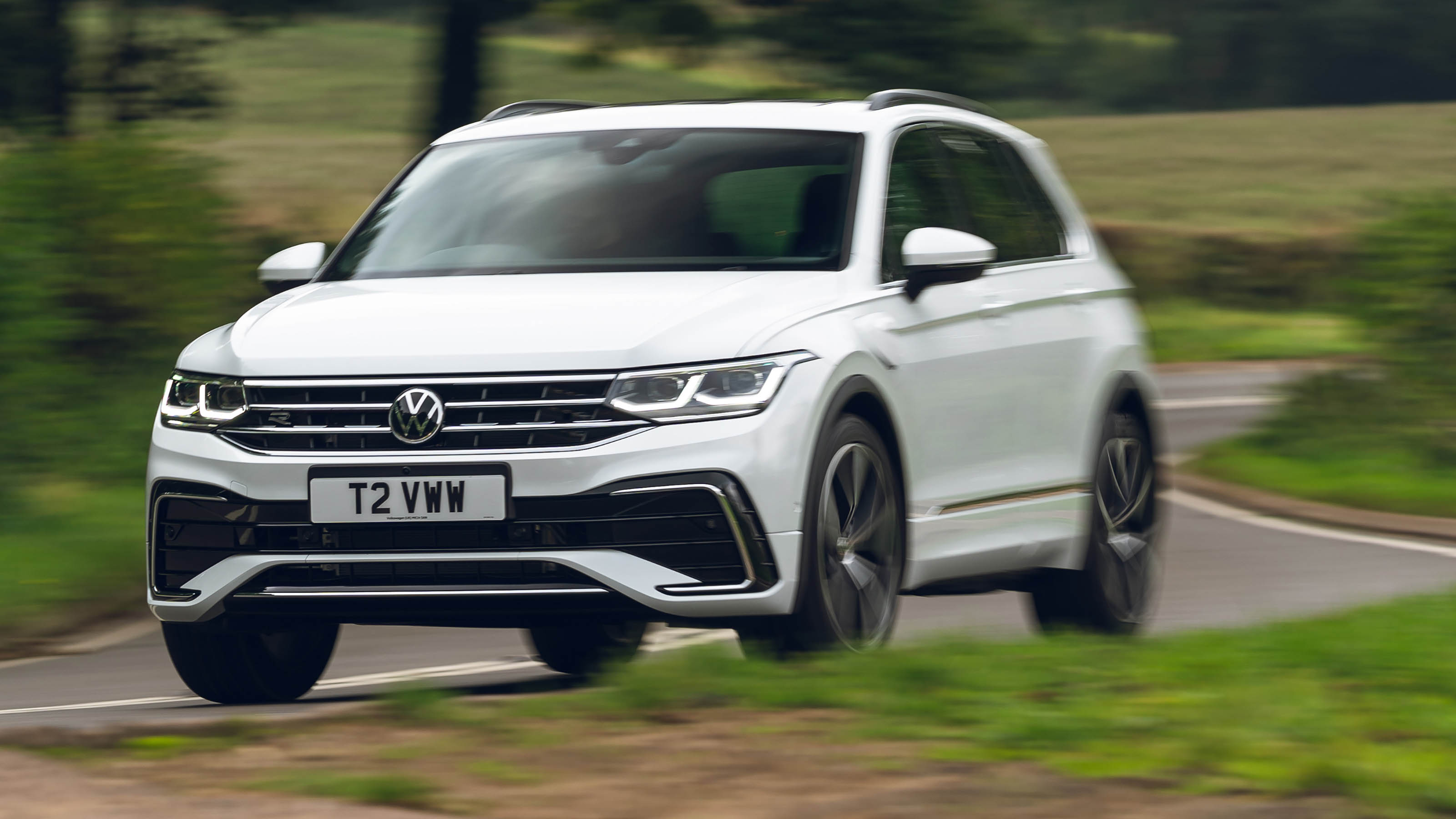
Our co-driver got behind the wheel for the first leg of our adventure, so we focused more on the comfort aspect of things as we began the jaunt. Is it comfortable? Is it convenient? Is it actually enjoyable? In the case of the ID.4 AWD, we would answer yes, yes, and, well, yes.

In the real-life electric-vehicle ownership experience, all this fussing about range and charging really goes away. Volkswagen also reminds that if you just need extra range to get to home, you can add about 60 miles in ten minutes. In the case of this electric crossover, that's achievable in 38 minutes. Plugged into a unit capable of satisfying its peak 125-kW power rating, the ID.4 can charge from zero to 100 percent in 65 minutes, according to testing performed by InsideEVs.Ī better metric for road-trip charging, though, is five-to-eighty percent.
VOLKSWAGEN CROSSOVER FREE
It also presents a great opportunity to take advantage of the 3-year free charging on the Electrify America network that comes with the car. This is how most owners will add energy to their packs, using a Level 2 charger installed at their homes.įor street parkers or during road trips, DC fast charging becomes the order of the day. Like the RWD version, the ID.4 AWD comes with a built-in 11.0-kilowatt AC charger capable of filling the 82 kilowatt-hour battery (77 kWh usable) in 7.5 hours from empty to full.
VOLKSWAGEN CROSSOVER PRO
The Pro S, which adds, among other things, a glass roof with an electrically retractable shade and front seats with leatherette upholstery, 12-way power adjustability (including four-way lumbar support and a massage system), and a memory function to an already feature-rich base vehicle, is good, VW says, for 240 miles.

The EPA-rated range on a single charge for the Pro is 249 miles. Just like the RWD version, the AWD ID.4 is available in two trims in the US: Pro and Pro S (the "S" stands for "Statement"). In other markets, only the sporty GTX model that we won’t get in the US earns these additions. The AWD model sits 0.6 inches higher and gets slightly larger brakes and sway bars. The other differences between RWD and AWD are seemingly small, but welcome. Sure, you lose 10 to 11 miles of range and that magical turning radius (now 36.4 feet) with the extra motor, but it's a compromise most can easily live with. We're talking 0-to-60 in a quick 5.4 seconds instead of the RWD’s mediocre 8.5-second time.

VOLKSWAGEN CROSSOVER ZIP
The effect is transformational suddenly you've got the go-anywhere confidence and the sit-back-in-the-seat zip Americans crave. Thankfully, it's no electric weird-mobile, brusquely beaten with an ugly stick in an attempt to draw attention to its environmental credentials. The ID.4 is shaped and sized like the most popular automotive segment – think Honda CR-V or Nissan Rogue – and possesses just enough hints of character to set itself apart from the competition. That may prove to be a challenge.Īs word gets out about this battery-powered car, it seems likely the desire to add it to family fleets will amplify through word of mouth. Now, as those same leaves prepare to turn all shades of yellow and crimson, the AWD model is trickling into the country in an attempt to quench a growing reservation list with over 10,000 names attached. The rear-wheel-drive version of the Volkswagen ID.4 has been at dealerships since the Tennessee foliage turned green this past spring.


 0 kommentar(er)
0 kommentar(er)
